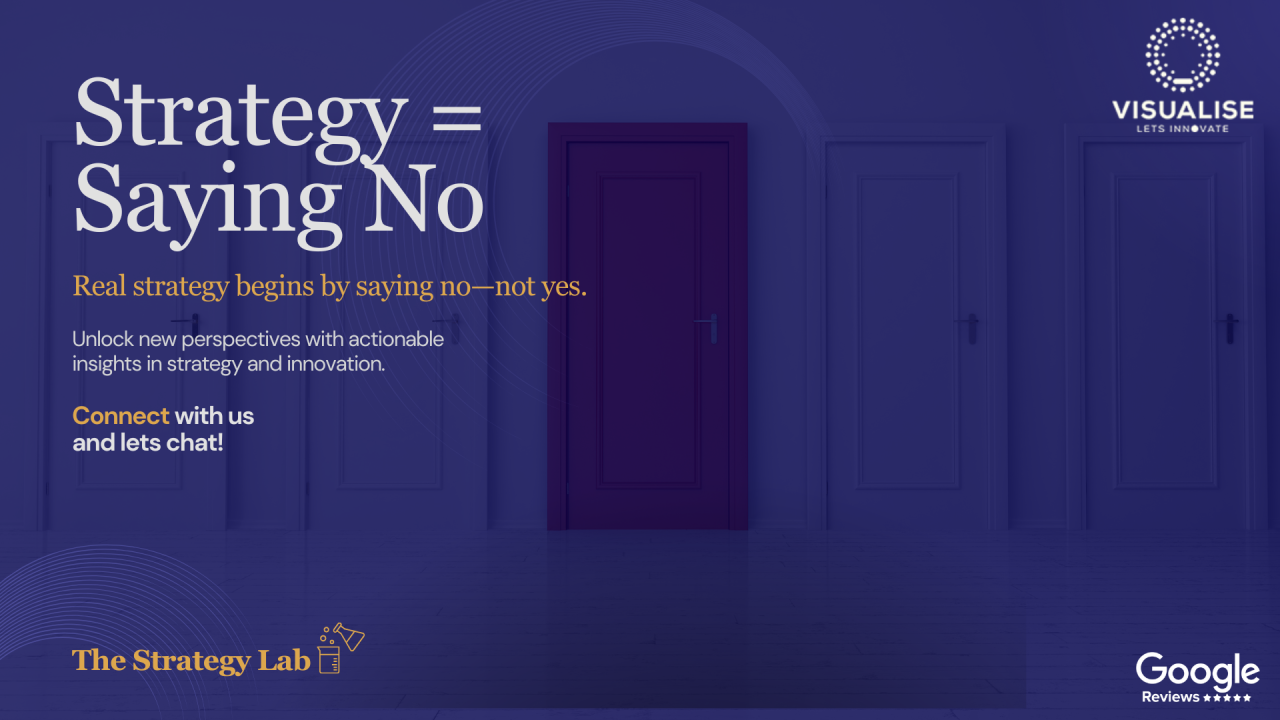Apr14

We are long past the era where “ecosystem” could be used as a metaphor. In today’s climate of complexity and compression, ecosystems are not just aspirational models. They are strategic necessities.
And yet, most organizations still misapply the term.
They use “ecosystem” to describe anything from partner networks to community engagement models to bundled product suites. But what they call ecosystems are often just intersecting systems without true integration—mechanical at best, and chaotic at worst.
The real question isn’t whether something has multiple moving parts. It’s whether those parts are coherent.
Because coherence—not collaboration—is what defines a true ecosystem.
The Cost of Premature Ecosystem Labels
Calling a structure an ecosystem before it’s capable of operating like one is more than just bad branding. It’s strategic malpractice.
It sets the wrong expectations.
It overwhelms the system.
And it builds in fragility where resilience was needed most.
When we prematurely label a system as an ecosystem:
Most importantly, we lose sight of what contribution actually means inside complex systems.
Contribution as a Systemic Force
In an ecosystem, contribution is not just a matter of getting things done. It’s about how your effort moves through the system.
To avoid this, leaders must evaluate not just what is being contributed, but how, why, and when.
This is where insight comes in.
Insight Before Infrastructure
Insight is what allows systems to self-organize before rigid governance is enforced. In ecosystem design, leaders must learn to:
Without insight, structure becomes ornamental.
With it, structure becomes intelligent.
Designing for Integrative Intelligence
We are entering an era where multi-intelligence fluency is required for meaningful participation:
In truly intelligent ecosystems, polymathic contributors are not edge cases. They are infrastructure.
Organizations must stop optimizing for productivity and start optimizing for participatory coherence.
Governance Without Bureaucracy
Structure is still essential—but it must be the right kind.
Think:
The most advanced ecosystems aren’t controlled. They are tuned.
Closing Insights
As leaders, we must stop confusing complexity with intelligence.
Ecosystems are not defined by how many parts are involved.
They are defined by how those parts hold together under pressure.
Coherence. Clarity. Contribution. Communication.
These are the currencies of sustainable systems.
And insight is what comes first.
By Mai ElFouly PhD(c), Chair™, CAIQ, CRAI, CEC, CEE, PCC
Keywords: Open Innovation, Ecosystems, Agentic AI
 Beyond the Buzz: What It Really Takes to Build a Business Ecosystem
Beyond the Buzz: What It Really Takes to Build a Business Ecosystem Strategy = Saying No!
Strategy = Saying No! The Self Before the System: What Must Be Understood Before We Build
The Self Before the System: What Must Be Understood Before We Build Meet the new ‘renewable superpowers’: nations that boss the materials used for wind and solar
Meet the new ‘renewable superpowers’: nations that boss the materials used for wind and solar The Rise of Luxury Configurators: Why Personalization is the New Standard in High-End Shopping
The Rise of Luxury Configurators: Why Personalization is the New Standard in High-End Shopping